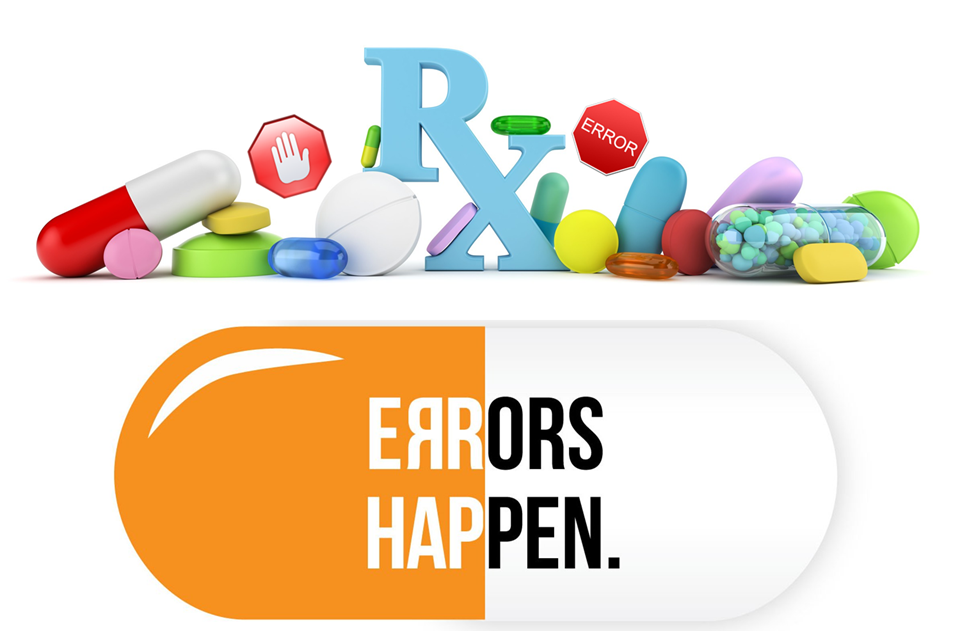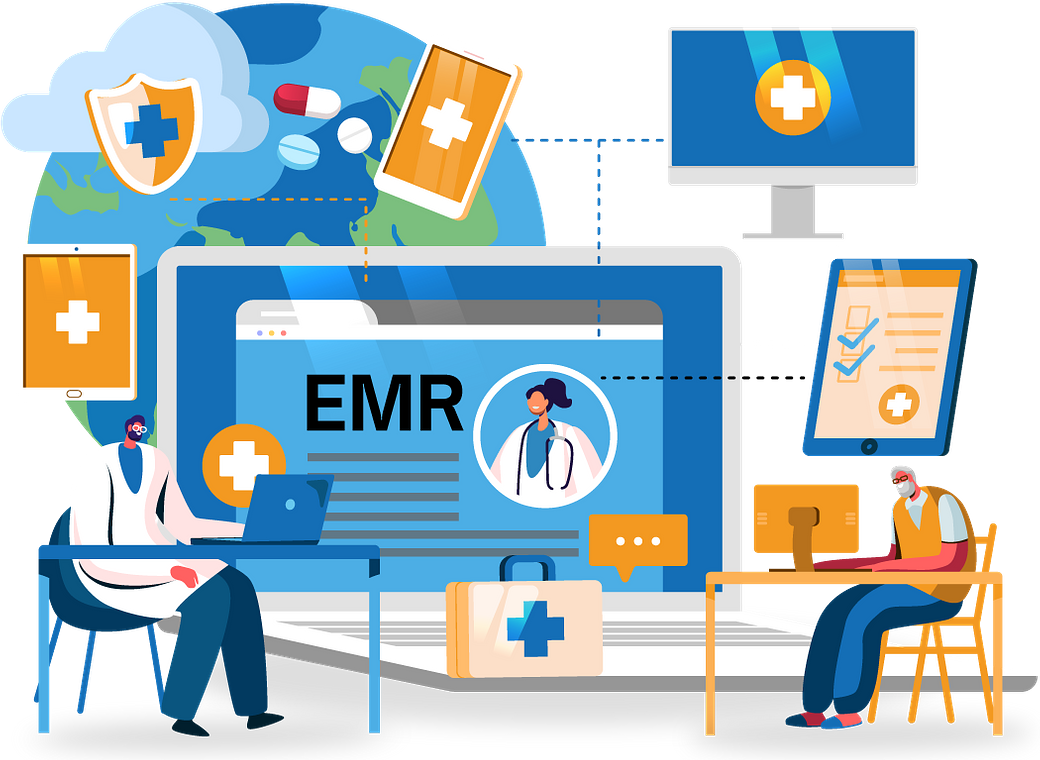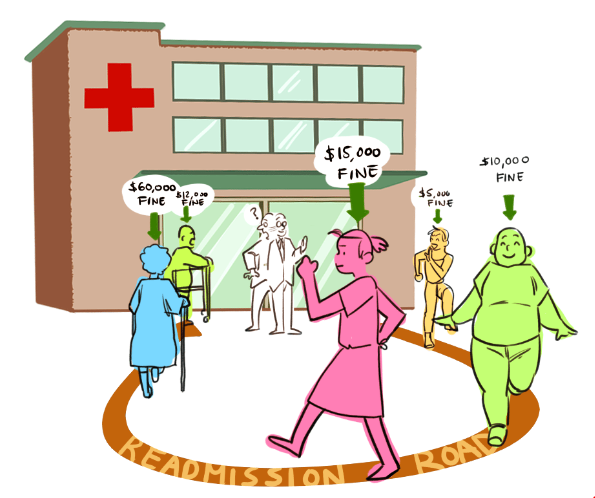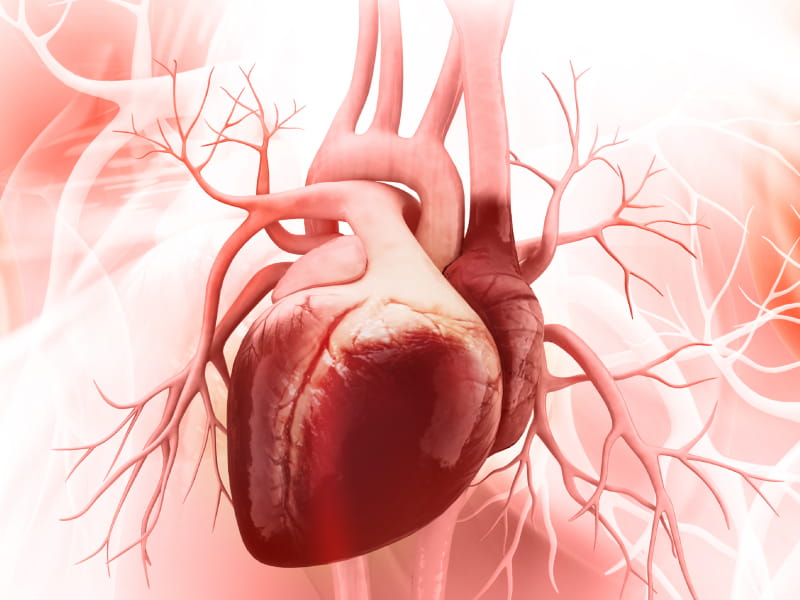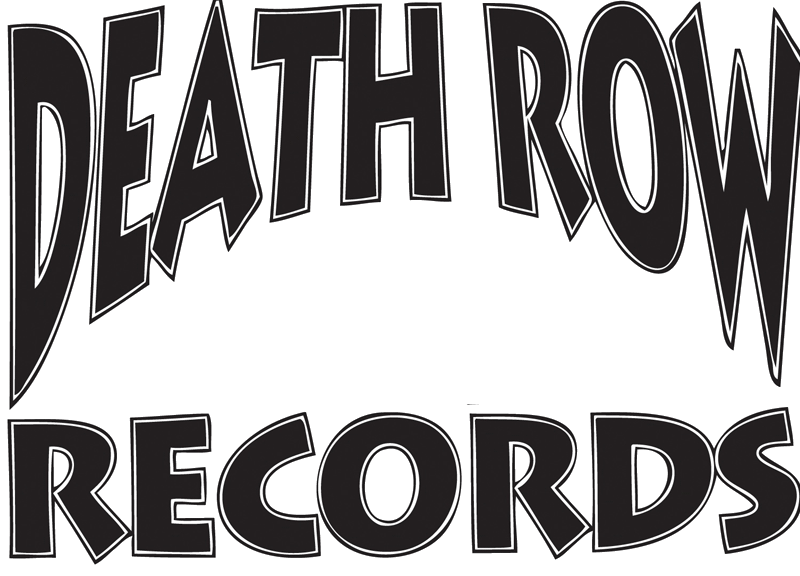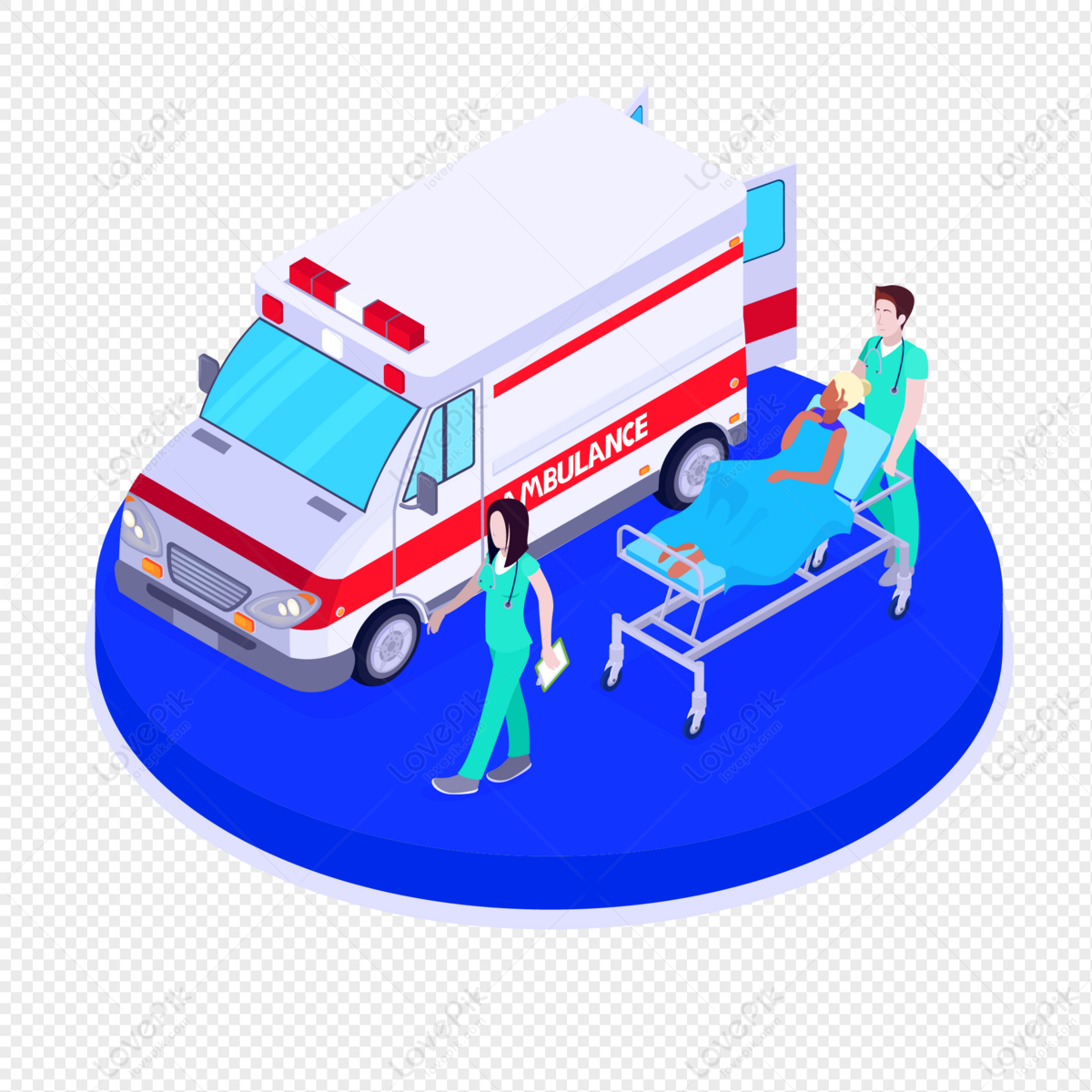About
Welcome to my healthcare data analysis platform, where innovation meets healthcare excellence. My journey began with a Bachelor's in Nursing, a pivotal experience that ignited my passion for transforming healthcare. Witnessing the profound impact that healthcare has on individuals' lives inspired me to explore the intersection of nursing and data analysis. As a certified Data Analyst and Scientist, I'm dedicated to bridging the gap between healthcare and data analytics. Armed with expertise in SQL, Microsoft Excel, Tableau, Python, and Machine Learning, I transform intricate healthcare data into actionable insights. My proficiency in building and deploying machine learning models enables me to extract valuable information from complex datasets. With a keen eye for detail and a knack for data wrangling and cleaning, I excel in handling large datasets to generate meaningful insights. My ability to communicate technical concepts to diverse stakeholders facilitates seamless collaboration across departments. As a lifelong learner, I'm committed to staying abreast of the latest advancements in data science. I continuously seek out new techniques and methodologies to reshape healthcare delivery. My ultimate goal is to enhance efficiency, accuracy, and patient-centricity in healthcare, ushering in a new era of innovation and excellence.

Healthcare Data Analyst.
Overview
- Birthday: September 7
- City: Abuja, Nigeria
- Email: foyinbo250@gmail.com
- Freelance: Available
Skills
Skills and Technologies used.
Data Visualization
Excel, Tableau, Pandas, Matplotlib, Seaborn, Plotly.
Data Manipulation
Extract Transform Load, Data Processing, Data Wrangling, Data Analysis, Data Mining.
Database Management
SQL, MySQL, MongoDB.
Spreadsheets
Microsoft Excel, Google Sheets.
Programming and Scripting
Python, Object Oriented Programming, Data Structures, Algorithm.
Machine Learning
Supervised and Unsupervised Learning, Statistics, Natural Language Processing, TensorFlow.
Version Control
Github.
Soft Skills
Teamwork, Leadership, Communication, Report Writing.
Miscellaneous
PowerPoint, Google Colab, Mathematics.
Projects
Within this repository, you'll discover a curated collection of my past projects and endeavors, illuminating my proficiency and creativity across various domains including data analytics, data science, and machine learning.
- All
- Dashboard
- Notebook
- App
A medication error report dashboard is a visual representation of data related to medication errors within a healthcare setting. It provides an overview of key metrics, trends, and insights related to medication errors, helping healthcare professionals and administrators monitor, analyze, and address issues. This dashboard include information such as the number and types of errors, contributing factors, affected patients, trends over time, and the effectiveness of implemented corrective measures. By offering a consolidated and visualized view of medication safety data, the dashboard facilitates informed decision-making and continuous improvement efforts to enhance patient safety.
The EMR(Electronic Medical Record) is a digital version of a patient's paper chart in a single healthcare organization, such as a doctor's office, clinic, or hospital. EMRs contain patient health information, including medical history, diagnoses, medications, treatment plans, immunization dates, allergies, radiology images, and laboratory test results. EMRs are typically used internally within a single healthcare organization. They streamline workflows, improve patient care, and enable healthcare providers to access patient information efficiently. This project involves utilizing SQL queries to extract pertinent data from the EMR database, which will subsequently be utilized for analyzing patterns related to patient tetanus toxoid vaccinations.
Tetanus vaccination is a crucial preventive measure against tetanus, a serious bacterial infection caused by Clostridium tetani. The vaccine stimulates the body's immune system to produce antibodies against the tetanus toxin, providing immunity to the disease. It is typically administered as part of a combination vaccine, such as the DTaP vaccine for children or the Tdap vaccine for adolescents and adults. Routine vaccination is recommended to ensure ongoing protection against tetanus, particularly following injuries or wounds that may increase the risk of infection. This dynamic dashboard offers a comprehensive overview of patient vaccination trends spanning 5 years. It enables healthcare providers to track and analyze patient attendance for Tetanus vaccinations, including those who have defaulted from taking the vaccine shots.
Hospital patient readmission refers to the scenario where a patient, who has recently been discharged from a hospital, returns to the same hospital for additional medical care within a specified time frame. Readmissions are often monitored as a key healthcare quality metric, and efforts are made to reduce them. High rates of readmission may indicate issues with the initial treatment, discharge process, or ongoing care. This supervised machine learning data science project produced insights and developed a model capable of effectively predicting and enhancing understanding of the likelihood of patient readmission. The insights gained from this endeavor enable healthcare facilities to promptly identify patients who are at risk of readmission, allowing them to allocate resources more effectively and mitigate the need for additional healthcare expenditures.
Cardiovascular disease is one of the main cause of death worldwide.Identifying and predicting the disease in patients is the first step towards stopping its progression. The capabilities of machine learning models in detecting at-risk patients using survey data was evaluated, and key variables that contribute to the disease among patient was identified within the data. This simple, yet powerful tool allows Patient and healthcare professional to quickly and easily identify patient that are at high risk of suffering from cardiovascular disease.
Sleep disorder is a medical condition that affects an individual's ability to have a healthy and restorative night's sleep. Sleep is an essential part of our daily routine,and disturbances in this natural process can have profound impacts on physical, mental, and emotional well-being. This simple yet unique web application would help health insurance company to identify whether or not a potential client is likely to suffer from sleep disorder. The company would be able to use this information to determine the premium they want the client to pay.
This extensive supervised machine learning data science project has yielded valuable insights and developed a robust model capable of accurately predicting patients at the highest risk of experiencing a sleep disorder. This predictive capability empowers healthcare providers to take proactive measures in preventing sleep disorders, thereby enhancing patient care and well-being.
Deep diving into an extensive dataset spanning from 2015 to 2019, I unravel the intricate tapestry of global causes of death. By meticulously analyzing a myriad of causes, ranging from communicable diseases to non-communicable conditions, profound insights emerge, shedding light on the multifaceted challenges that impact global health. Over the course of five years, I meticulously decipher temporal nuances in causes of death. This exploration uncovers emerging trends on a global scale, offering valuable insights that shape our understanding of public health priorities. Each region narrates a unique story. Through a meticulous dissection of causes of death across countries and continents, utilizing tools like Pareto's chart, I unravel the complex interplay of significant few causing major mortality. Are there new patterns on the horizon? Uncovering emerging trends becomes pivotal for anticipating health challenges and proactively designing effective interventions.
This hospital emergency room visits dashboard provides a concise overview of various metrics related to visits to the emergency department of a hospital. It typically includes information such as the number of visits over a specific period, demographics of patients (age, gender), reasons for visits (chief complaints), average wait times, disposition of patients (admitted, discharged, transferred), and any relevant trends or patterns observed. This dashboard serves as a valuable tool for hospital administrators, healthcare providers, and policymakers to monitor the utilization of emergency services, identify areas for improvement in patient care and resource allocation, track patient flow, and make informed decisions to enhance the efficiency and effectiveness of emergency care delivery.
This dashboard serves as a pivotal tool for healthcare professionals, facilitating a deeper understanding of their patients' needs and preferences. By leveraging various metrics and ratings, it enables healthcare institutions to gauge the satisfaction levels of their clientele regarding the services provided. Through insightful analysis, it delineates areas warranting enhancement, thereby empowering stakeholders to refine service delivery strategies. Furthermore, the dashboard provides invaluable insights into key performance indicators such as the average duration of doctor-patient interactions and the typical length of patient stays. Armed with this data, healthcare providers can pinpoint operational inefficiencies and address underlying factors contributing to prolonged wait times or inadequate consultations. This proactive approach enables them to devise targeted interventions aimed at optimizing patient care and operational efficacy.
This project involves the examination and interpretation of data related to heart health and cardiovascular conditions. This field encompasses various aspects, including medical research, clinical studies, and health monitoring.Heart data analysis often involves monitoring physiological parameters related to heart health, such as heart rate, blood pressure, and electrocardiogram (ECG) readings. It helps in assessing an individual's risk of developing cardiovascular diseases. This risk assessment can guide healthcare professionals in creating personalized prevention and intervention strategies.
Readmissions are often monitored as a key healthcare quality metric, and efforts are made to reduce them. High rates of readmission may indicate issues with the initial treatment, discharge process, or ongoing care. The Patient Readmission Application would help healthcare professional to quickly and easily detect patient that are at high risk for readmissions.
Resume
Below, you'll discover an in-depth overview of my professional background and competencies, accompanied by details regarding my education and certifications. Additionally, you'll find insights into my interests and accomplishments, including any noteworthy publications or projects I've contributed to. Please don't hesitate to peruse my resume and reach out with any inquiries or potential collaborations you'd like to explore further. Click hereto explore MyResume ✅.
Contact
How to reach out to me ...
Location:
Abuja, Federal Capital Territory, Nigeria
Email:
foyinbo250@gamil.com
Call:
(+234)70 6363 1613
